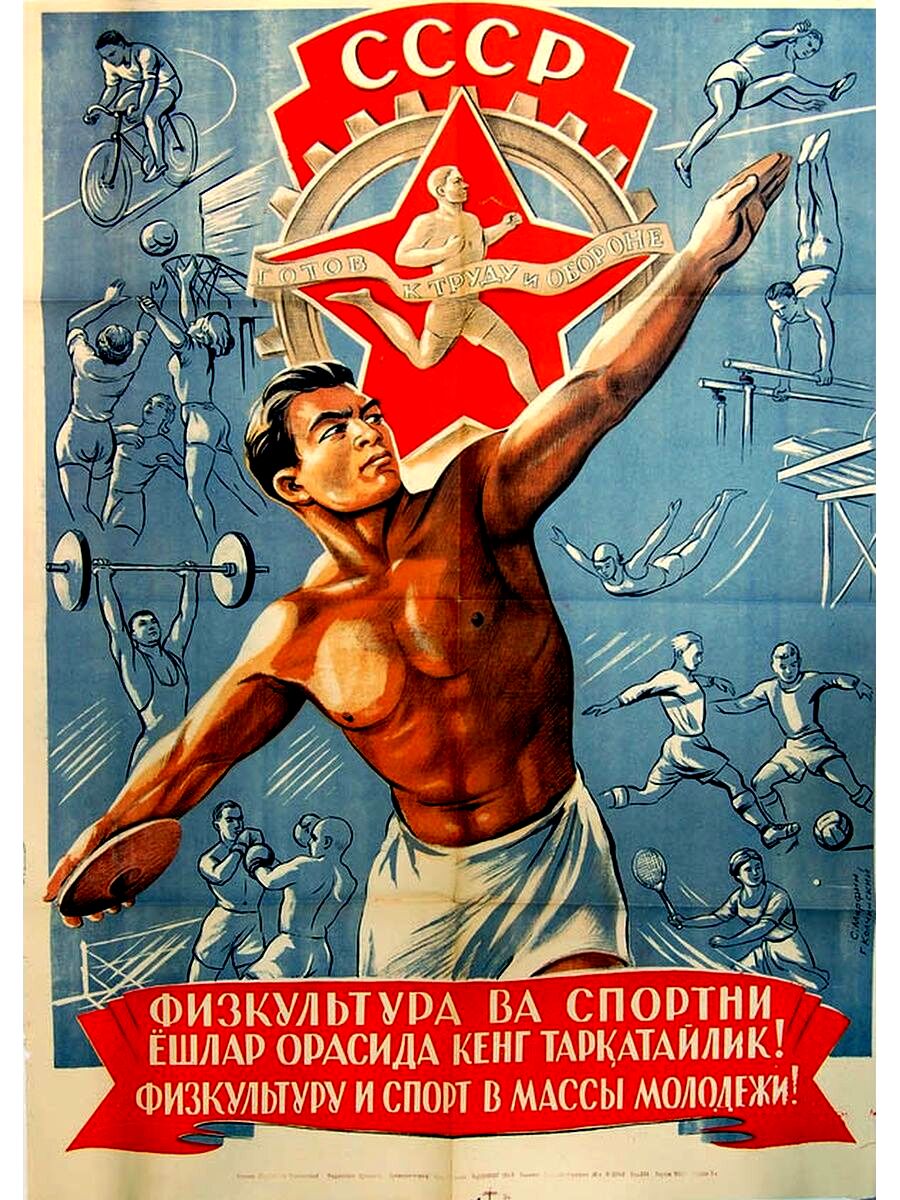Vampire [any]
- 495 Posts
- 1.43K Comments

 10·18 hours ago
10·18 hours agoIt is an interesting feeling seeing such sophisticated engineering used for this.
The combination of highly developed human brains and such disgustingly underdeveloped human hearts.
There is something undeniably sophisticated in the mechanics of the attack.
Same as when I hear about the CIA ‘heart attack gun’. If you don’t know, the CIA developed a gun that shot a bullet made not of metal but frozen shellfish toxin that would pierce the skin, melt, and cause a heart attack. A coroner won’t test for rare shellfish toxin and may/may not notice a pinprick wound. So it’s a gun and you point it at someone and they have a heart attack. There’s got to be a part of your mind that admires the ingenuity – and that ingenuity is turned to such malevolent purposes.
There’s considerable academic debate back-and-forth over how much they worked.
They didn’t get Saturday off: the week was Monday to Saturday. But to make up with that they had all the St. Swithin’s Day and St. Brice’s Day and all that stuff stereotypical mediæval peasants talk about.

 44·2 days ago
44·2 days agoKhmer Rouge seems the obvious answer
Thailand? It’s middle-development so not consumption-oriented.
I had a much longer list before u said trans-friendly. Panamá closer to your home is trans-friendly but getting pretty fancy/capitalist now.
This shit is fairly normal tbh
It’s like the tagline about “dunk on ghouls for ghoulish things”

 112·2 days ago
112·2 days agoNice try FBI

 4·2 days ago
4·2 days agoTotal pinko shit.

 9·2 days ago
9·2 days agoI have one here I just haven’t told anyone about it.

 5·2 days ago
5·2 days agoNope. Let’s not do this.
Ivan Vasilievich Changes Profession (Иван Васильевич меняет профессию) is a Soviet comic science fiction film directed by Leonid Gaidai in June 1973. It was one of the most attended films in the Soviet Union in 1973, with more than 60 million tickets sold. The story begins in 1973 Moscow, where engineer Aleksandr “Shurik” Timofeyev (Aleksandr Demyanenko) is working on a time machine in his apartment. By accident, he sends Ivan Vasilievich Bunsha (Yury Yakovlev), superintendent of his apartment building, and George Miloslavsky (Leonid Kuravlyov), a burglar, back into the time of Ivan IV “The Terrible”. The pair is forced to disguise themselves, with Bunsha dressing up as Ivan IV (tsar) and Miloslavsky as a knyaz (duke) of the same name. Find it on youtube
The Diamond Arm (Бриллиантовая рука) is a crime comedy film first released in 1969, directed by director Leonid Gaidai and starred several famous Soviet actors, including Yuri Nikulin, Andrei Mironov, Anatoli Papanov, Nonna Mordyukova and Svetlana Svetlichnaya. The Diamond Arm has become a Russian cult film and is considered by many Russian contemporaries to be one of the finest comedies of all time. It was also one of the all-time leaders at the Soviet box office with over 76,700,000 theatre admissions in the Soviet era. The plot of the film was based on a real-life news item about Swiss smugglers who tried to transport jewels in an orthopedic cast. Find it on youtube
The Most Charming and Attractive (Самая обаятельная и привлекательная) is a 1985 romantic comedy. Also on youtube
The Blonde Around the Corner (Блондинка за углом) is a 1984 romantic comedy about an astrophysicist who begins to work at a grocery store where he falls in love with a saleswoman. Various streaming links if you duckduckgo the title
Come and See is a 1985 Soviet anti-war film –https://en.wikipedia.org/wiki/Come_and_See
Aelita Queen of Mars is available free on archive.org
https://en.wikipedia.org/wiki/List_of_highest-grossing_films_in_the_Soviet_Union

 8·3 days ago
8·3 days agoNote that I said “non-conformist and anti-authoritarian”, which is very different from “class conscious”. Joe Rogan is a Bernie Sanders supporter. You wouldn’t meet many authrights who like psychedelics.
The research says that the change is to do with ‘Openness’: https://www.livescience.com/16287-mushrooms-alter-personality-long-term.html

 7·3 days ago
7·3 days agoI guess that begs the question of why non-addictive psychedelics are taboo, and I suspect that one doesn’t have a very good materialist explanation.
Could it be that they lead to non-conformist and anti-authoritarian patterns of thinking?
the wake agenda pushing bi propaganda

 1·3 days ago
1·3 days agodeleted by creator
Do you mean authoritarian?
What is this ?

 7·3 days ago
7·3 days agoNorth Korea did a lot of timewasting in injury time I don’t mind saying it u know in ur heart they did

 3·3 days ago
3·3 days agoSorry. Try the other ones in the sidebar.

















There’s complexity to the question:
How do we define mediæval? (I low-key hate the words mediæval and Middle Ages, partly because of Eurocentrism). There’s no such thing as a “mediæval peasant” really, there were various people at various times. Let me ask: how many days a year does a proletarian work? How long is a piece of string? Now if you look at the historical debate that spawned this meme, they’re actually talking about England 1200-1600.
Are we talking about necessary labour (subsistence farming), surplus labour (for the lord), or both? There is employment for the lord, but then you’ve got to mend your tools, thatch your roof, gather and chop your firewood, grow your own household’s food, etc.
It seems the 150 day claim comes from Gregory Clark’s 1986 paper ‘Impatience, Poverty, and Open Field Agriculture’. And from Juliet Schor’s book, but I think Clark may be her source.
If you look at Gregory Clark’s 2017 paper with DOI
10.111/ehr.12528it seems he has changed his mind. So is the “150 days” claim based on an obsolete paper from 1986? Bottom of page 17/top of page 18 he says it’s clear people worked 300 days in 1860 because record keeping is good then, but there was an increase TO 300 in the years 1650-1800. Figure 6 does show some very low numbers in the years 1200-1600 (which is presumably what the meme is talking about) taken from ‘British Economic Growth, 1270-1870’ by Stephen Broadberry et al.This is the best source: Jane Humphries and Jacob Weisdorf’s paper ‘Unreal Wages? Real Income and Economic Growth in England’ gives similar conclusions to Broadberry, especiall in Figure 4, i.e. around 200 days 1250-1300, very low (around 100) 1300 to 1500, and rising to approach 365 days a year around 1850. The paper says “Overall, the working year agrees reasonably well with the trend in the independent estimates found in the literature” and then cites 5 papers. Note that the calculation is based on wages, so we are talking about the number of wage-paying days; they would have subsistence farmed on top of that.
It’s conceivable that Marx’s era may have been the single least chill time in all human history: worse than hunter-gatherers, peasants, or modern social democracy.
My computer’s overheating, might edit this comment later.
https://www.jstor.org/stable/2589850
https://groups.csail.mit.edu/mac/users/rauch/worktime/hours_workweek.html
Kenyon, Nora. “Labour Conditions in Essex in the Reign of Richard II,” Economic History Review, April 1934. https://doi.org/10.2307/2589850
Generally, across all historical periods, I’ve rarely seen estimates of anyone working less than 1300 or more than 2300 hours a year.